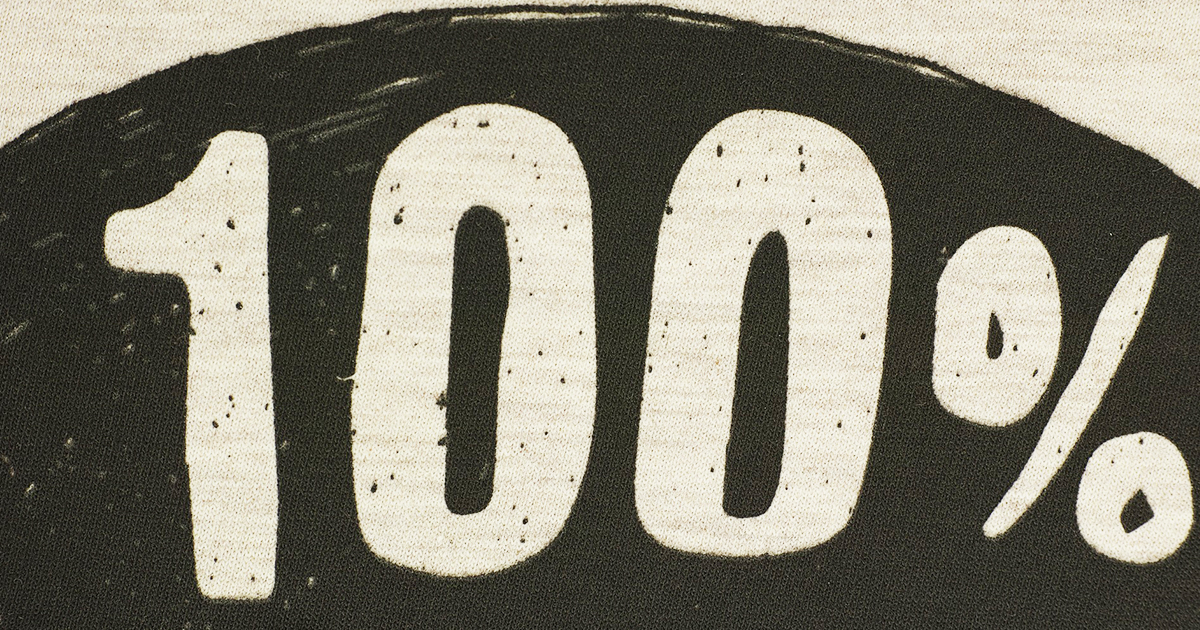There’s been a lot of click-grabbing headlines about the solar industry over the past year, but when you look at the data, the trends driving this industry are clear: home solar prices are becoming more affordable, and the home solar market is growing to include more low- and moderate-income households – and steadily growing, period!
If you’re in the home solar industry, you’re probably seeing these trends in your day-to-day business – but in case you need proof, some new studies have the numbers to back it up.
Home Solar Prices Are Falling
The constant downward trend in the cost of solar is old news at this point. But the National Resources Defense Council has launched a new tool for tracking the big picture for clean energy called Revolution Now, which shows that home solar prices have dropped by 55% over the past decade – not to mention batteries falling by 79%, and LEDs falling by 94%.
(Have we mentioned that the clean energy revolution is unstoppable, for all kinds of reasons?)
If you want some more granular detail, you’re in luck, because the home solar marketplace platform EnergySage recently released its new Solar Marketplace Intel Report. It’s got a lot of great datapoints on the falling cost of solar from a national as well as regional perspectives:
- Average costs for residential solar have fallen to $3.13/W – down from $3.86 just four years ago, representing over $4,000 in savings for an average 6 kW system.
- In some markets, that cost is even lower: below $3/W in Florida, Ohio, Maryland, Virginia, Texas, and Arizona, and as low as $2/W in some counties.
- Even in higher-cost markets, high electricity prices result in some of the shortest payback periods in the country: in California, systems average a payback of 6.2 years, and in Massachusetts solar can pay back in just 4.8 years!
Now, this data only reflects developments through the end of 2017, so it doesn’t include new tariffs on imported solar cells and modules. However, as we explained in our post on the impacts of the #TrumpTariffs on the value proposition for home solar, doing the math reveals that they might add 3% to the cost of an average residential solar installation, at most – which is less than half of the 6.8% reduction in average costs that EnergySage found from 2016 to 2017! So even if tariffs slow the pace of falling costs, they won’t reverse the trend.
A Smart Investment for All Income Groups
So, it’s well established that home solar prices are falling – what about the demand side of the equation? Solar has been stereotyped in past as being something for only wealthy homeowners, celebrities, and the most dedicated tree-huggers.
If you work in the solar industry, you know that’s not true. Today, solar provides savings that appeal to homeowners of every income bracket. For instance, the average Mosaic solar customer saves more than $30,000 over the life of their system – the kind of value proposition that should appeal most to low- and moderate-income households.
A new study from the Lawrence Berkeley National Lab proves that that’s exactly what’s happening. Their new “Income Trends of Residential PV Adopters” study is the most comprehensive look at the subject to date. Researchers analyzed project-level data through 2016 across 13 different states, including nearly 800,000 installations. By comparing household income estimates from Experian with U.S. census data on average incomes, the study paints a compelling picture of solar adoption moving towards low-and-moderate income households.
Key findings of the study include:
- Since 2010, solar “has steadily trended towards more-moderate income households,” with the median income of PV adopters declining from $100k in 2010 to $87k in 2016.
- The median income of households with rooftop solar is just 10% higher than the median income of other owner-occupied households in the same area – in other words, solar is very much a middle-class investment on a national basis.
- 43% of solar homes are in the bottom three income quintiles – and 15% are below 200% of the Federal Poverty Level.
- In the highest-income states of California, Connecticut, Washington DC, and Massachusetts, median incomes of solar adopters were actually equal to or below the level of the median owner-occupied household.
Do we still have a ways to go before achieving Mosaic’s vision of clean energy for all? Absolutely. But we clearly have tailwinds at our back – and the continued expansion of access to financing will play a key role.
The Role of Financing
Just as automotive financing has helped make cars accessible to virtually all Americans, $0 down financing options have been key to making home solar prices accessible to moderate-income households in particular. In recent years solar loans have been winning homeowners over due to their superior overall economics – in fact, a study from the National Renewable Energy Laboratory found that homeowners save nearly 30% more over the life of their solar system with a loan compared to a lease.
That’s why we see Mosaic loan financing as absolutely critical to achieving our vision – and that’s why we’ve opened our lending platform to include not only solar but batteries and energy efficient home improvements as well.
